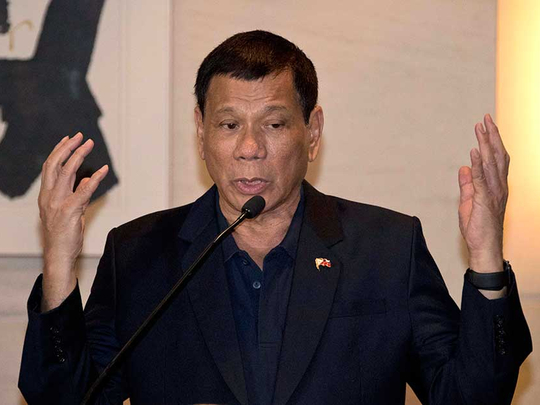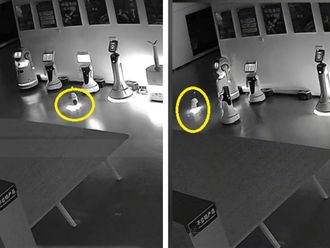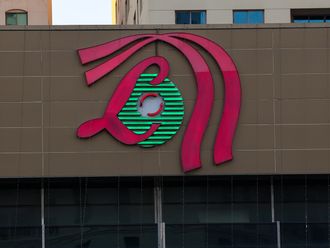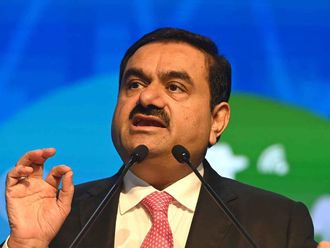
Manila: Philippine President Rodrigo Duterte is keen on making the Philippines part of Southeast Asia’s entry into the “New Silk Road”, China’s initiative to enliven trade among Asian, European, Middle Eastern, including Russia and other ex-Soviet nations, sources said.
“China has [also] asked the Philippines to be part of the New Silk Road initiative,” China’s ambassador to Manila, Zhao Jianhua told reporters at the Kamuning Bakery Café in suburban Quezon City ahead of Duterte’s arrival in Beijing on the evening of October 18.
Duterte’s visit to China has signalled the “start of bilateral friendship between the two countries,” said Zhao, adding that the New Silk road will make the Philippines less isolated. Except for the Philippines, the nine other member-countries of the Association of Southeast Asian Nations (Asean) share land borders,
This will activate trade between the Philippines and other “Silk Road” member countries, Filipino exporters said.
Transshipment hubs
In September 2013, Chinese President Xi Jinping launched in Kazakhstan a plan to strengthen the New Silk Road from China to Europe, calling it “One Belt, One Road (OBOR)” initiative.
It has two points: the land-based Silk Road Economic Belt and the sea-based 21st Century Maritime Silk Road. The land-based Silk Road has northern, southern, and southwestern routes that bypass the Taklimakan Desert and Lop Nu. Other primary points include part of Polish cities which are logistics and transshipment hubs to other European countries.
In February 2016, a train used the OBOR scheme from China’s eastern Zhejiang Province to Tehran. Plans are underway to extend OBOR from Tehran through Istanbul, into Europe.
Xi’s ambitious project will promote economic cooperation among countries on the OBOR route.
Apart from establishing China’s economic role globally, the New Silk Road will help China forge cooperation with other countries on steel and manufacturing.
The idea to morph China’s ancient Silk Road into the modern-day New Silk Road began when a railway was established through China, Kazakhstan, Mongolia and Russia — it was then called the Eurasian Land Bridge.
In 1990, the China-Kazakhstan railway was extended to Alataw Pass (Alashan Kou). In 2008 the line connected the cities of Ürümqi in China’s Xinjiang Province to Kazakhstan’s Almaty and Astana.
Cement ties
In 2011, a freight forwarder used the line that connected China’s Chongqing and Germany’s Duisburg in 13 instead of the usual 36 days. In 2013 Hewlett-Packard sent laptop computers and monitors on this line, sources said.
Duterte’s state visit to China from October 19 to 21 is expected to cement ties with the Asian superpower, launch the start of his independent foreign policy that observers said could affect ties with the US, the Philippines’ military ally for 65 years.
Duterte met with overseas Filipinos in Beijing on Wednesday night. He will meet China’s President Xi Jinping, Premier Li Keqiang, and National People’s Congress Chairman Zhang Dejiang on Thursday. He will speak at the meeting of the Philippine-China Trade and Investment. After a meeting with Bank of China executives on Friday, he will return to Davao City, in the southern Philippines, on the same day.












